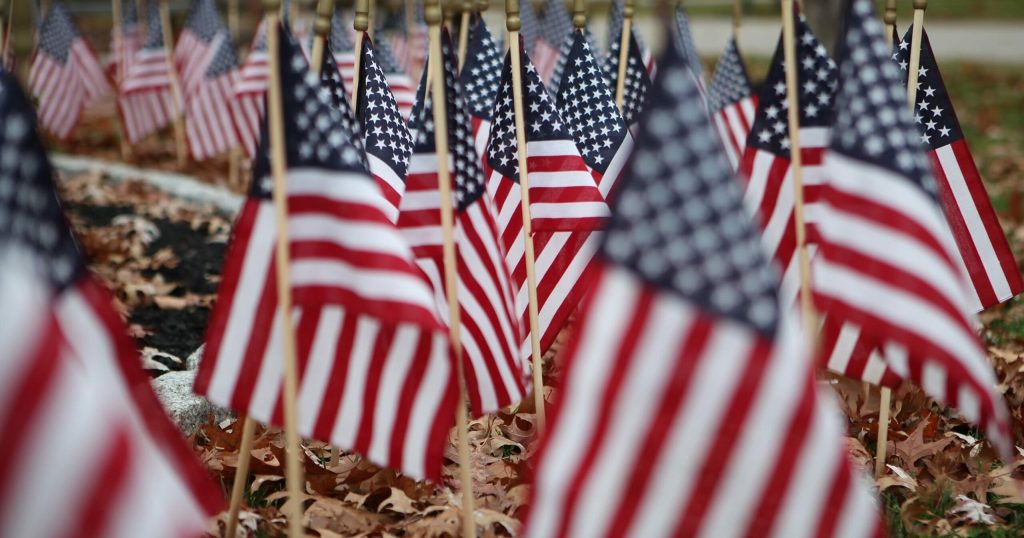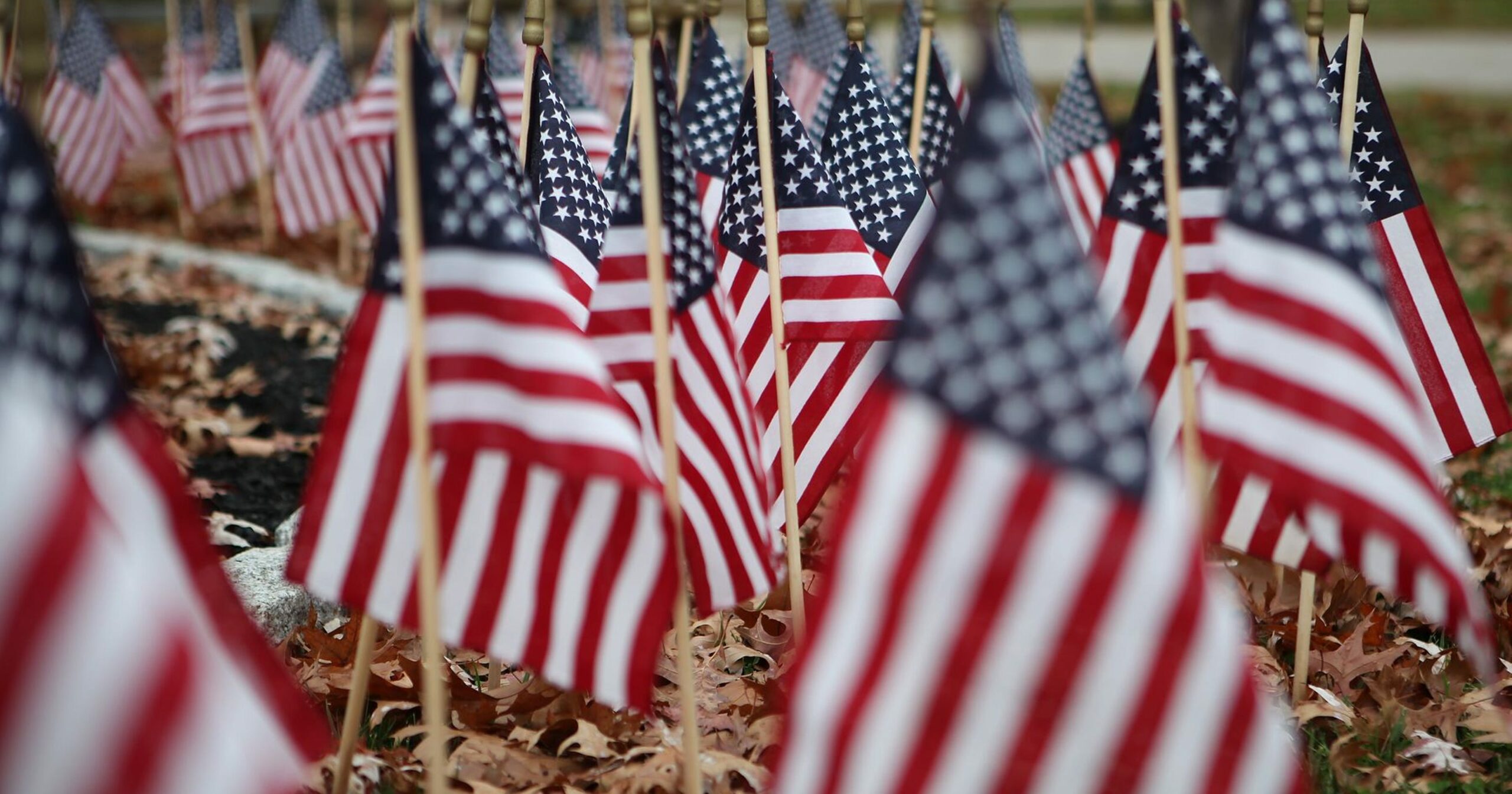
“Scabby the Rat: Symbol of Labor Strikes Honored with Exhibition in New York City”

### Scabby the Rat: A Symbol of Labor Struggles and Artful Protest
Scabby the Rat has become a striking and familiar symbol in the United States, representing the solidarity of organized labor. This inflatable, intimidating rodent—with its menacing bloodshot eyes, sharp claws, and bared teeth—is impossible to miss at union picket lines. But beyond its visual theatrics, Scabby communicates a clear message: workplace mistreatment and the exploitation of workers must be confronted. Over the years, Scabby has taken on a life of its own, becoming a vital icon not only for unions protesting unfair labor practices but also for the broader public to grasp issues of labor rights.
And now, Scabby has found a unique place not only on sidewalks and outside corporate buildings but within the realm of contemporary art. The ongoing exhibition at South Slope’s Open Source Gallery, titled *Scabby: A Rat About Town*, presents this storied symbol with a fresh lens. The exhibition, designed by Austrian artist Marlene Hausegger, emphasizes the tension, resilience, and solidarity embodied by this larger-than-life inflatable figure. Running until November 29, 2023, the exhibition uses Scabby as the centerpiece in a multimedia installation highlighting labor rights, gender dynamics, and the aesthetics of protest.
—
### The Story Behind *“Scabby: A Rat About Town”*
Hausegger initially encountered Scabby in 2008 during a visit to New York City and was immediately struck by the image of the oversized inflatable rat in front of a construction site, which was being used by a union to disrupt non-union work. For her, this menacing balloon figure carried intense visual power—a striking symbol of injustice. “I saw this blow-up rat for the first time and to me, it was a very dramatic and strong visual of injustice,” Hausegger remarked. This visceral reaction would eventually inspire *Scabby: A Rat About Town*.
The exhibition brings innovation and perspective to the story of Scabby. The show features black-and-white photographs from a union action at a Manhattan construction site, scratched vigorously as though by a rat’s claws. Housesegger uses not just photographs but also sound—testimonies from Natalie Monarrez, a former Amazon worker turned union activist who shares her firsthand experiences of labor injustice at the company’s Staten Island facility.
Of course, at the visual and symbolic heart of the exhibition is an inflatable Scabby, whose sprawling form takes up nearly half the gallery’s floor space. This particular Scabby is embellished with lyrics from Bruce Springsteen’s 1978 song *Factory*, with significant edits. Springsteen’s original lyrics comprise themes about the struggles of factory-working men; for this installation, Hausegger has altered them to represent the experiences of women.
—
### The Power and Irony of Scabby
Despite being ubiquitous at labor protests, there’s a curious, perhaps ironic, detail about Scabby—the inflatable figures are chiefly manufactured by a single company in Illinois, Big Sky Balloons, which is *not unionized*. Unionized or not, making Scabby is expensive. According to Monika Wuhrer, the gallery’s director, acquiring a full-size Scabby for the exhibition ended up requiring international sourcing; the gallery had to look to a cheaper supplier in China.
Yet, it is perhaps fitting for Scabby—a symbol born out of labor struggles and characterized by the fight against disenfranchisement—to find common ground globally. Labor issues are not contained by borders, and the challenges that Scabby embodies exist in various forms across the world.
In *Scabby: A Rat About Town*, the inflatable rat is particularly arresting, not only in its sheer scale but its activity. Every 15 minutes, Scabby deflates and then inflates again—a metaphor for the relentless cycle of labor struggle. This action is timed with audio excerpts from Monarrez’s testimony, a visceral reminder that even when progress seems at a standstill or deflated, it will rise again through collective action and resilience.
Monarrez, who gave her voice and story to the installation, had worked for Amazon for seven years before being terminated, alongside other unionized workers. Scabby, for Monarrez and others like her, doesn’t represent service-ending hopelessness but the challenges of organizing within modern corporations and the complexities of union leadership, which can themselves be fraught with issues of racism, sexism, and corruption.
—
### Why Does Scabby Matter?
Part of Scabby’s power lies in its multifaceted symbolism. For those directly engaged in labor struggles, it is a sign of solidarity and resistance. For many passersby unfamiliar with the specific details of the picket lines, Scabby is immediately recognizable as a visual cue that something serious is happening—somewhere, workers are being exploited, and their voices deserve attention. The term “scab” itself, from which the rodent gets its name, refers to workers who cross picket